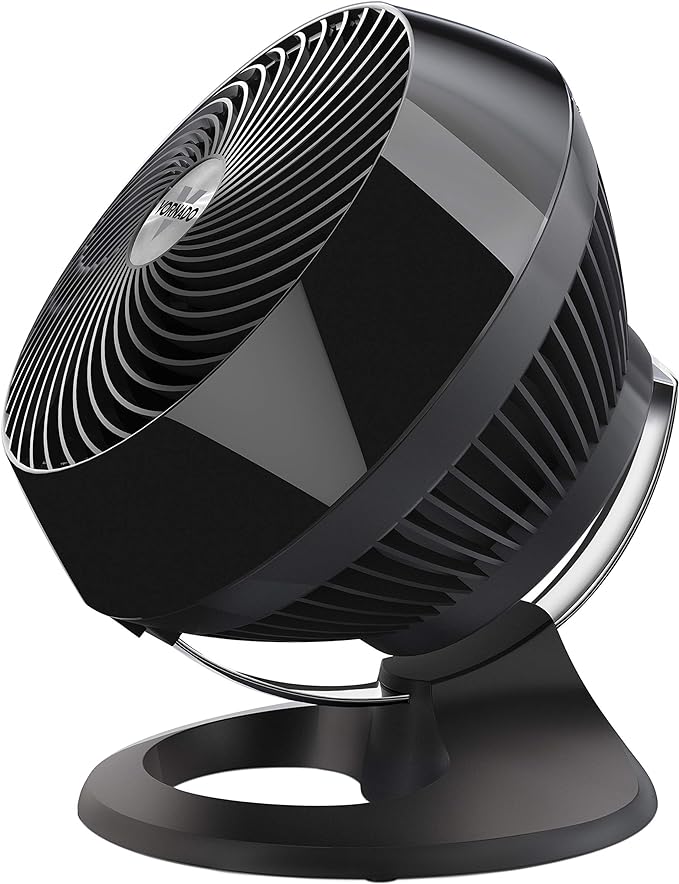What is the Working Principle of a Fan?
A fan operates by converting mechanical energy into increased air pressure, which helps guide the airflow. Essentially, it is a type of fluid machine powered by an external force. The basic working principle of a fan is similar to that of a turbo compressor, but the key difference is that the gas flow rate in fans is lower, and the pressure changes are not as significant. As a result, fans typically treat air as an incompressible fluid, without considering changes in its specific volume.
Fans can be categorized based on the direction in which air flows after entering the impeller. The three main types are axial flow fans, centrifugal fans, and diagonal flow (mixed flow) fans.
1. Centrifugal Fans
In a centrifugal fan, the air enters the rotating impeller axially and is directed outward radially due to centrifugal force. The process works by converting the kinetic energy of the airflow into pressure energy.
- How It Works: The impeller accelerates the air, causing the airflow to change direction and decrease in speed. This deceleration increases the air pressure, a process that occurs both in the impeller and in the diffuser, where the airflow slows down and pressure builds up.
- Single-Stage vs Multi-Stage: In a single-stage centrifugal fan, air flows through one impeller, while in multi-stage fans, a recirculator transfers air between multiple impellers to achieve higher pressure levels.
2. Axial Flow Fans
An axial flow fan operates by drawing air into the fan impeller in an axial direction, which then flows along the same direction through the rotating blades. These fans are known for their ability to handle large volumes of air, but they generate lower pressure compared to centrifugal fans.
- How It Works: As the impeller rotates, the blades push the air, increasing its energy, which is then directed through guide vanes that convert the airflow back into axial flow. The kinetic energy of the air is further transformed into pressure energy in the diffuser before being directed into the desired pipeline.
- Applications: Axial flow fans are ideal for environments that require large airflow, such as ventilation systems, but may not be suitable for situations involving dust or corrosive gases.
3. Diagonal Flow (Mixed Flow) Fans
Diagonal flow fans, also referred to as mixed flow fans, combine the characteristics of both axial and centrifugal fans. In this type of fan, the airflow is directed at an angle between axial and radial, which allows for a balance between pressure and flow rate.
- How It Works: The impeller accelerates the air in a similar manner to axial fans, but the airflow is partially redirected radially before being directed through guide vanes. These vanes adjust the direction and speed of the airflow, turning it into a more axial flow. The result is an efficient conversion of kinetic energy into pressure energy in the diffuser.
- Advantages: Diagonal flow fans provide a higher pressure coefficient than axial fans and a higher flow coefficient than centrifugal fans, making them a good choice for applications requiring moderate pressure and flow rates.
Conclusion
Each type of fan—centrifugal, axial, and diagonal flow—has its unique working principle and is suitable for different applications based on the desired airflow and pressure characteristics. Understanding these differences can help you select the right fan for your specific needs, whether you’re looking for high-volume airflow or high-pressure output.

